A Saharan dust storm that blew into Europe is entering its second straight day, blanketing major cities on the continent in a cloud of particles.

While visually striking, the dust cloud tinting Europe’s skies in a red/orange hue is also making it hard to breathe in large parts of Spain.
Cleaning crews in Spain, France, Portugal and Germany are working to remove the layer of dust particles that has settled on cars and buildings.
Spain continues to face the brunt of the storm but UK forecasters have predicted that the cloud will also reach the British Isles.
Some UK residents have already begun noticing dust.
https://twitter.com/south_slice/status/1504108651014930439
Spain’s national air quality index deemed most of the southern and central regions of the country to have “extremely unfavourable” air quality.
The European Union’s Copernicus Atmosphere Monitoring Service said that is tracking the dust cloud and that air quality has also degraded in Portugal and France.
Spanish authorities are recommending that people wear face masks and avoid exercising outdoors, especially those with respiratory diseases.
Rubén del Campo, a spokesperson for Spain’s weather service, told AP News that “The air will then begin to clear little by little, although some floating dust will reach the Canary Islands (in the Atlantic Ocean) over the weekend.”
On Spain’s southern coast, the dust particles from the storm mixed with rain over Málaga.
“It is like it was raining mud,” Álvaro López, a student at the University of Málaga, said to AP News.
“I was in the car this morning and mud was literally falling.”
The cloud started when a storm pushed a mass of hot air from the Sahara Desert over the Mediterranean Sea. That same storm brought some much-needed rain for Spain’s drought-ridden crops, but also pushed temperatures up to 20 C.

Get daily National news
Spain’s weather service characterized the dust storm as “extraordinary and very intense.”
Del Campo is unsure if climate change is the direct cause of this dust storm, but he noted that the recent expansion of the Sahara Desert has made larger dust storms far more likely — increasing the chance that Europe will be affected by future storms.
Extreme weather patterns, which are linked to climate change, may also be playing a part, according to del Campo.
Take a look below for more images of Europe under the dust cloud.





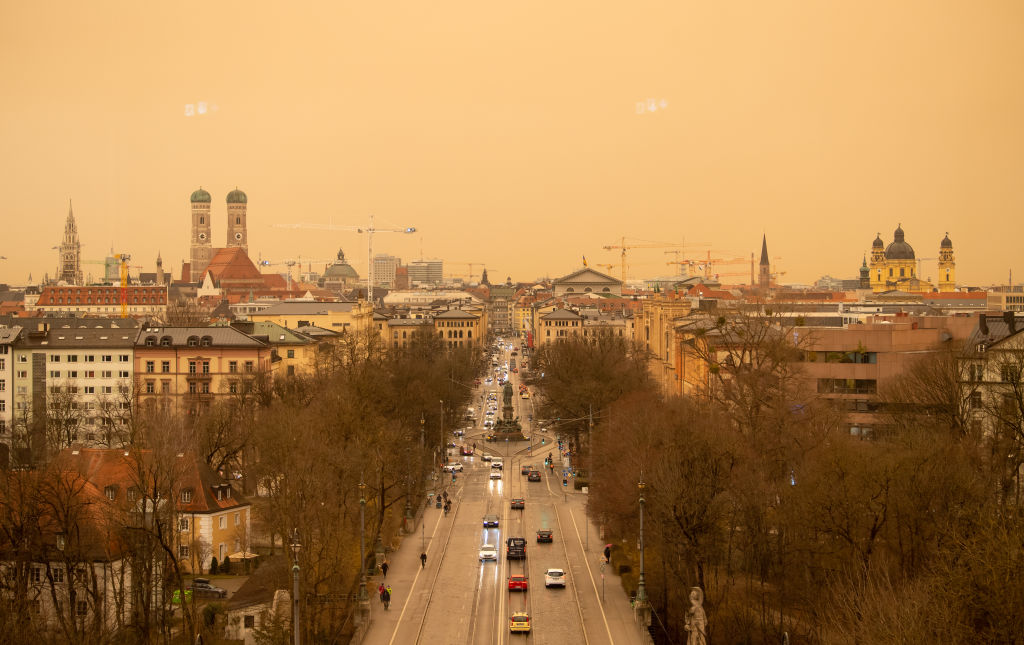




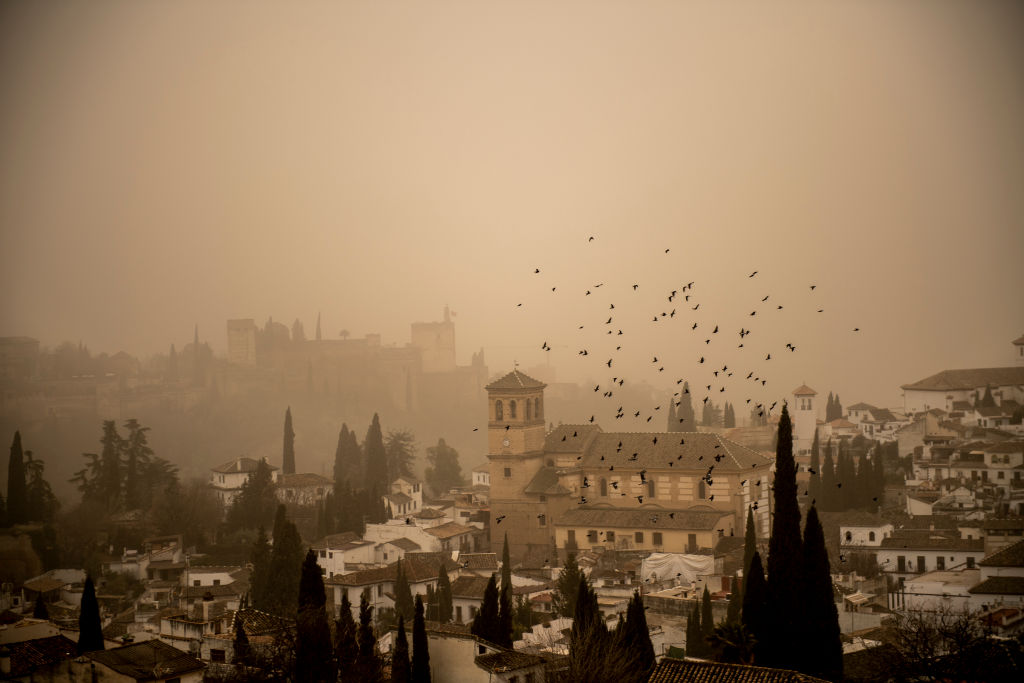



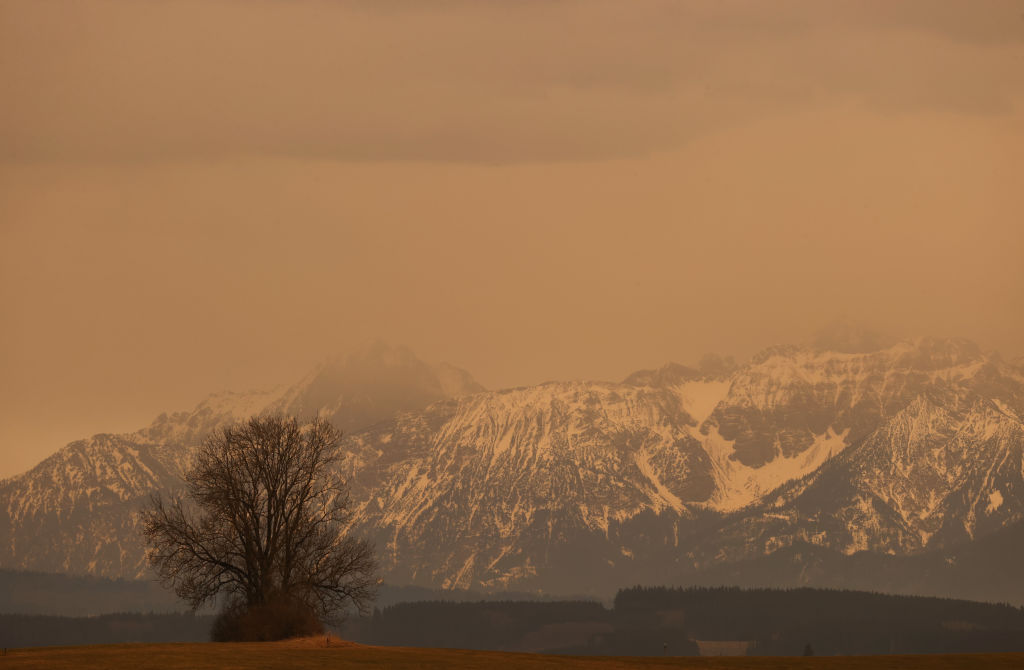

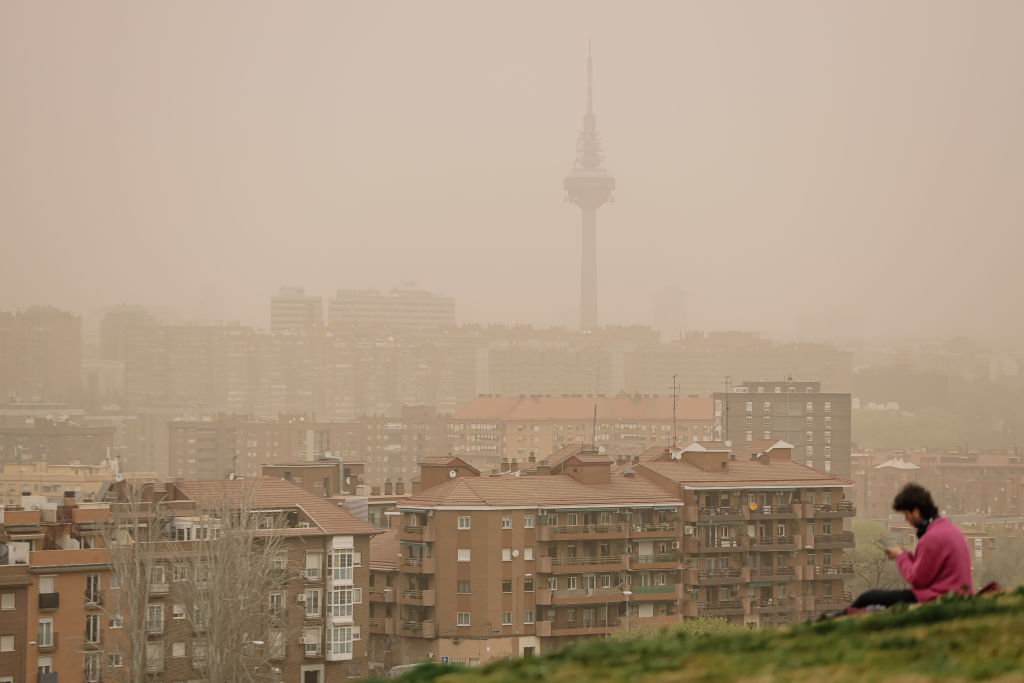
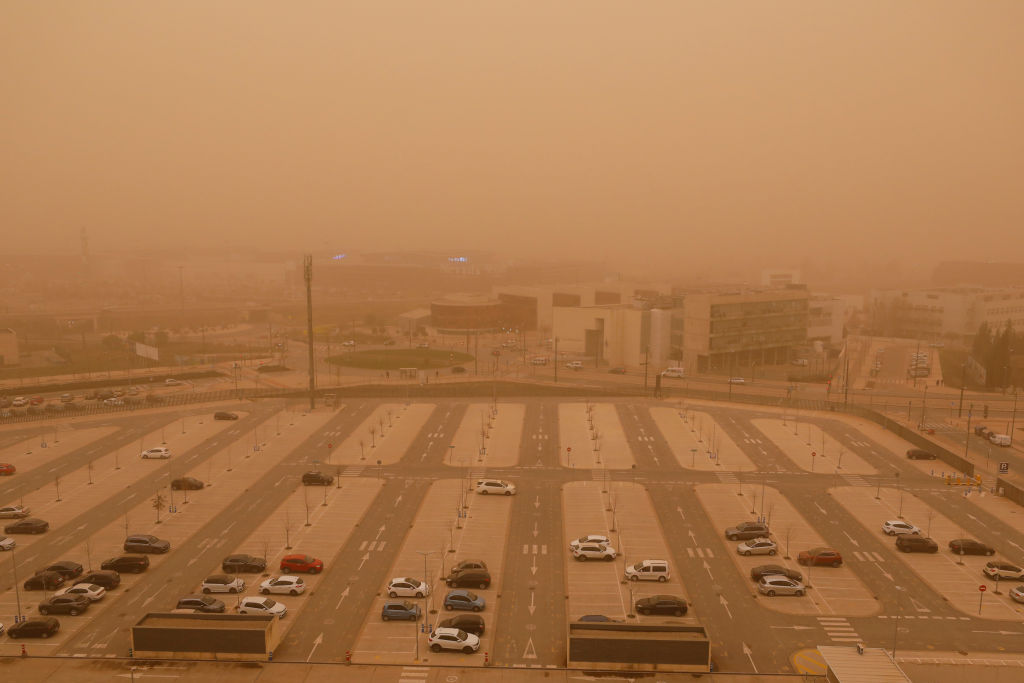
Comments